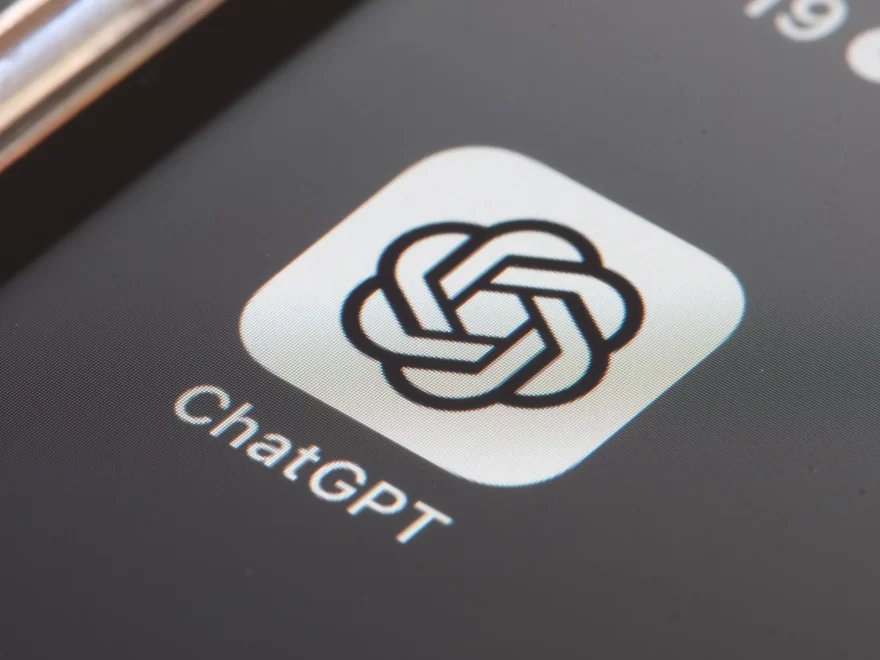Introduction
In the ever-evolving landscape of artificial intelligence (AI), one phenomenon has been capturing the imagination of tech enthusiasts and researchers alike: the rise of conversational AI. At the forefront of this revolution are Generative Pre-trained Transformers (GPTs), powerful models capable of understanding and generating human-like text. But here’s the burning question: Can GPTs talk to each other? Let’s embark on a journey to unravel this intriguing inquiry!
Unveiling the Potential of Conversational AI
Conversational AI, including chatbots and virtual assistants, has already made significant strides in enhancing user experiences across various domains, from customer service to healthcare. However, the true potential of conversational AI lies in its ability to engage in natural, fluid conversations with humans and, intriguingly, with other AI systems. Here’s a glimpse into what the future might hold:
- Enhanced Collaboration: Imagine GPTs collaborating seamlessly on complex tasks, such as data analysis or content creation, by exchanging information and ideas through conversation.
- Personalized Interactions: With GPTs capable of understanding context and emotions, they could tailor their responses based on the nuances of the conversation, providing users with more personalized and empathetic interactions.
- Knowledge Expansion: By conversing with each other, GPTs could continuously learn and expand their knowledge base, fostering a perpetual cycle of growth and innovation in AI.
Can GPTs Truly Talk to Each Other?
While the concept of GPTs conversing with each other sounds promising, it’s essential to delve into the practical challenges and limitations hindering this feat. Here are some key factors to consider:
- Semantic Understanding: GPTs excel at generating coherent text based on input prompts, but truly meaningful conversation requires a deep understanding of semantics, context, and world knowledge—a hurdle that current models struggle to overcome.
- Consistency and Coherence: Maintaining consistency and coherence throughout a dialogue is crucial for ensuring meaningful exchanges. However, GPTs may struggle with coherence over extended conversations, leading to disjointed or nonsensical interactions.
- Ethical Considerations: As AI systems become more autonomous in their interactions, ethical concerns surrounding misinformation, bias, and manipulation become increasingly pertinent. Engaging in dialogue with other GPTs could exacerbate these issues if not carefully addressed.
Overcoming the Challenges: A Roadmap to Progress
While the challenges are daunting, researchers are actively exploring strategies to enable GPTs to converse effectively with each other. Here are some promising avenues of research:
- Contextual Understanding: Advancing GPTs’ ability to understand and leverage contextual cues is crucial for fostering more natural and coherent conversations. This involves integrating knowledge graphs, commonsense reasoning, and dynamic context modeling into AI architectures.
- Collaborative Learning: Implementing mechanisms for GPTs to engage in collaborative learning could facilitate knowledge sharing and refinement. Techniques such as federated learning and multi-agent reinforcement learning show promise.
- Ethical Frameworks: Developing robust ethical frameworks and oversight mechanisms is imperative to address the ethical implications of GPT interactions. This includes promoting transparency, accountability, and fairness in AI systems.
FAQs: Deciphering the Intricacies of GPT Conversations
- Can GPTs hold meaningful conversations with each other?
- While GPTs can generate coherent text, holding truly meaningful conversations requires overcoming challenges related to semantic understanding and coherence.
- What are the potential benefits of GPTs talking to each other?
- Enhanced collaboration, personalized interactions, and knowledge expansion are among the potential benefits, paving the way for more advanced AI applications.
- How can researchers address ethical concerns associated with GPT interactions?
- By implementing robust ethical frameworks, promoting transparency, and fostering responsible AI development practices, researchers can mitigate ethical risks and ensure the responsible deployment of conversational AI.
Conclusion: Navigating the Future of Conversational AI
The rise of conversational AI heralds a new era of human-machine interaction, offering tantalizing possibilities for innovation and advancement. While the prospect of GPTs App engaging in meaningful dialogue with each other is undeniably enticing, it remains a complex and multifaceted endeavor. By surmounting the technical, ethical, and societal challenges, we can unlock the full potential of conversational AI and chart a course toward a future where AI systems communicate seamlessly, enriching our lives in ways we’ve only dared to imagine.
In conclusion, while the question “Can GPTs talk to each other?” may not yet have a definitive answer, the journey toward realizing this vision is as exhilarating as it is enlightening. So let’s embrace the challenge, push the boundaries of AI capabilities, and embark on this remarkable adventure together!

